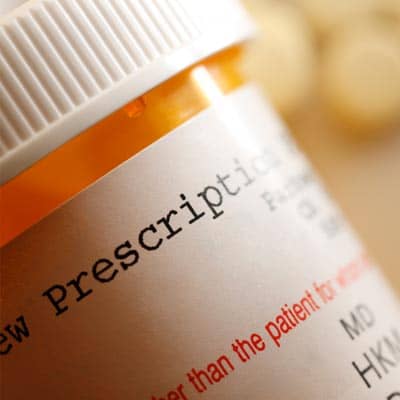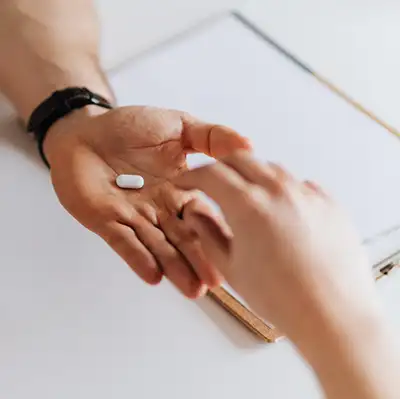What It MAT and How It Works
Addiction is a serious health condition that affects both the body and the mind. For many people, stopping the use of drugs or alcohol is not just a matter of choice or determination.
Substances can create strong physical dependence and cravings, making it difficult to quit without help. One approach used in Canada and other parts of the world is Medication-Assisted Treatment (MAT). This method combines approved medications with counselling and behavioural therapies to support long-term recovery.

What Is Medication-Assisted Treatment?
Medication-Assisted Treatment, often called MAT, is the use of prescription medications alongside therapy and recovery support.
The goal is not simply to replace one drug with another, but to stabilize the body, reduce withdrawal symptoms, and make it easier for individuals to focus on the psychological and social aspects of recovery.
MAT should always include some counselling component to resolve the psychological aspects of addiction.
MAT and Opioids
Medication-assisted treatment is most commonly associated with opioid use disorder, where medications such as methadone, buprenorphine, or extended-release naltrexone are prescribed.
MAT and Alcohol
For alcohol use disorder, medications like naltrexone, acamprosate, or disulfiram may be considered.
These medications act in different ways — some reduce cravings, while others block the rewarding effects of drugs or alcohol.
Not everyone in addiction treatment will need MAT, but for those with a strong physical dependence, it can be an effective tool within a broader recovery plan.
1 888-488-8434
Get immediate
help for addiction.
Detox and Withdrawal Management
The first stage of recovery often involves detoxification, where the substance leaves the body. Withdrawal can be very uncomfortable and, in some cases, dangerous. With MAT, this process is supervised by medical professionals who can prescribe medications to ease symptoms like anxiety, insomnia, nausea, or severe cravings.
By reducing the intensity of withdrawal, MAT increases the chances that a person will stay in treatment long enough to begin addressing the deeper issues that fuel addiction.
Detox on its own is rarely enough, which is why MAT continues beyond the first few days and is paired with therapy and ongoing support.
Beyond Medication: The Role of Therapy
Medication alone does not resolve the psychological aspects of addiction. For this reason, MAT always includes a counselling component. Individuals may take part in:
- One-on-one counselling to explore personal challenges and goals.
- Group therapy to build peer support and learn from others in recovery.
- Family counselling to improve communication and heal strained relationships.
- Education sessions to understand how addiction affects the brain and body.
This combination approach recognizes that recovery is both physical and psychological.
Who Benefits Most from MAT?
Medication-Assisted Treatment can be especially helpful for people who:
- Have developed a strong dependence on opioids or alcohol.
- Have experienced repeated relapses after trying to quit without medication.
- Struggle with severe cravings that interfere with daily life.
- Need extra stability in order to focus on therapy and lifestyle changes.
MAT may not be necessary or suitable for everyone. Some individuals find success with counselling, peer support, or residential rehab programs without the use of medication. The best treatment plan depends on each person’s history, health, and personal needs.

Limitations and Considerations
It is important to understand that MAT is not a “cure” for addiction. While it can make recovery safer and more manageable, ongoing therapy, lifestyle adjustments, and community support remain essential. Access to MAT may also vary by location.
FAQ
1 . Is MAT safe?
Yes. MAT uses medications that are approved and monitored by healthcare professionals. When taken as prescribed, these medications are safe and effective. They do not create the same “high” as drugs of abuse but instead stabilize a person and support recovery.

2 . How long does someone need to stay on MAT?
The length of MAT depends on individual needs. Some people use medication short-term during detox, while others remain on it for months.
For certain individuals, MAT may be a long-term treatment. Decisions are made with a doctor, based on progress and health.
3 . What are the side effects of MAT?
Like all medications, MAT drugs may have side effects such as nausea, constipation, or sleep changes. These vary by medication and by person.
Most side effects improve over time; doctors can adjust the treatment plan if needed.

